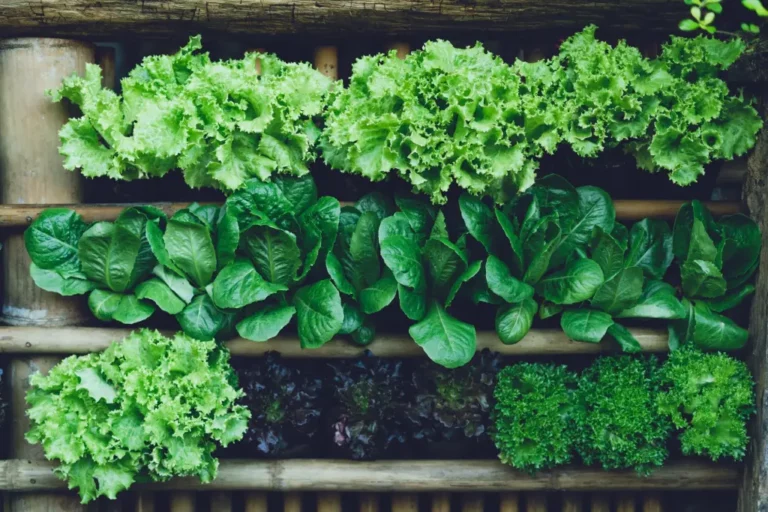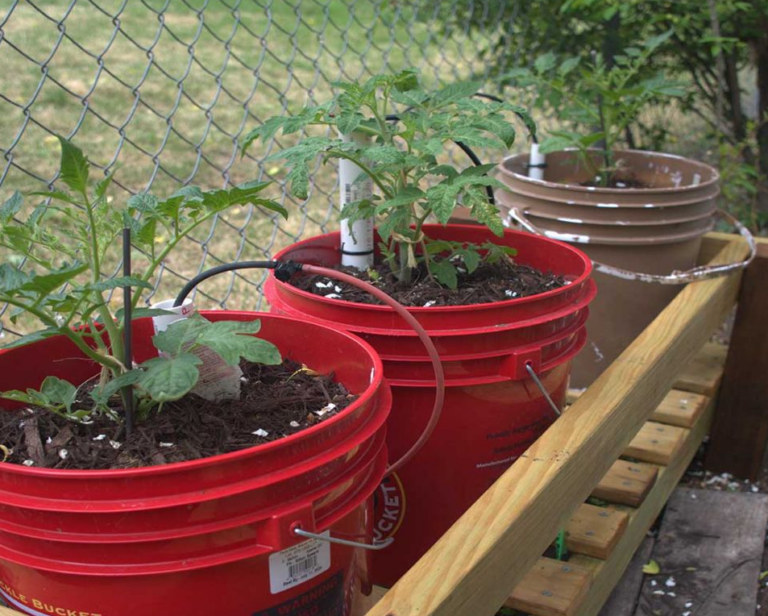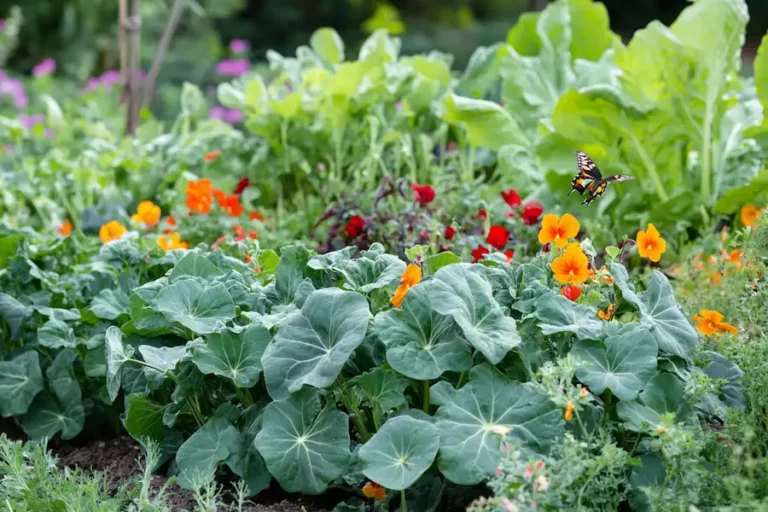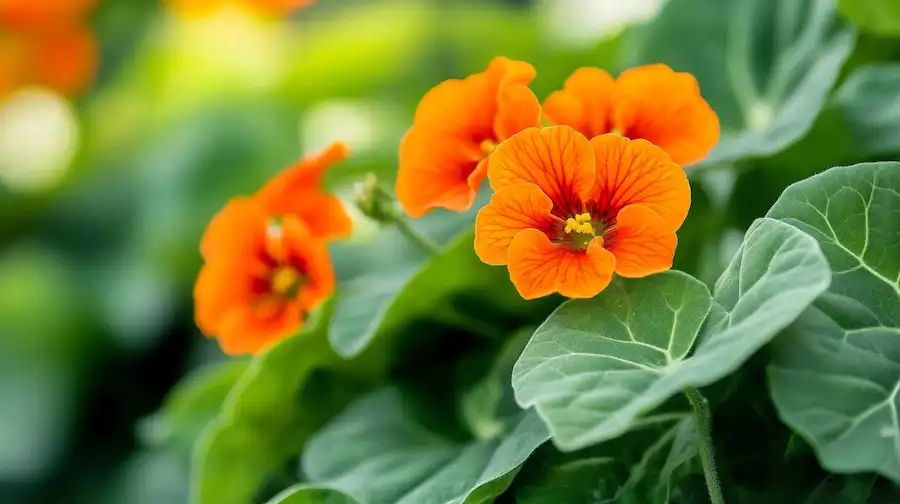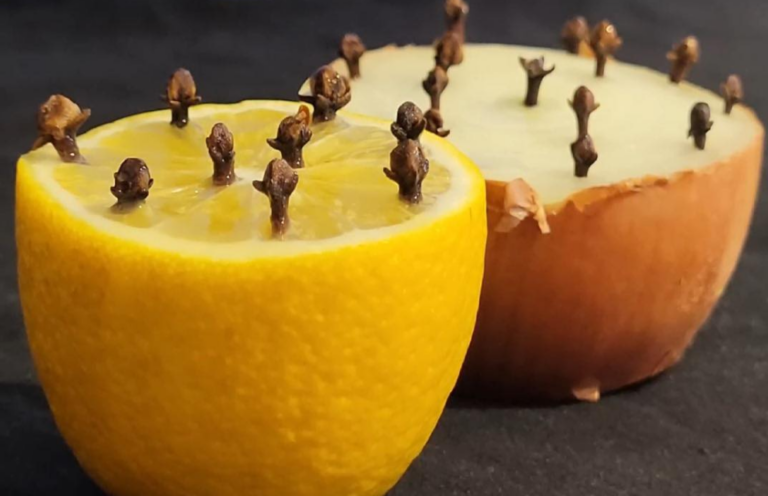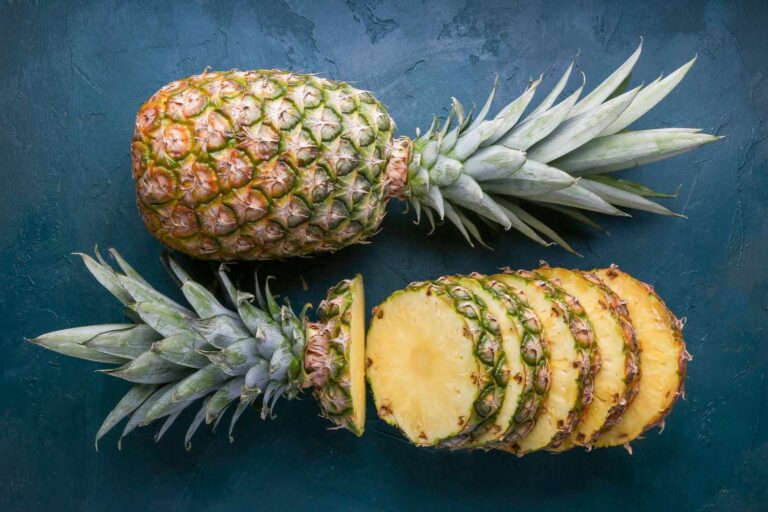Start growing your own vegetables is both rewarding and economical. With a bit of creativity and resourcefulness, you can establish a thriving garden without spending a dime. Here are ten practical strategies to help you cultivate a bountiful vegetable garden for free:
-
Start Composting
Transform your kitchen scraps and yard waste into nutrient-rich compost. Utilize a large bucket or storage bin to create a compost system, providing your plants with organic fertilizer while reducing household waste.

-
Harvest Rainwater
Set up a rain barrel to collect runoff from your roof. This free water source can be used to irrigate your garden during dry spells, conserving tap water and lowering utility bills.
-
Limit Gardening Tools
Avoid unnecessary expenses by starting with essential tools such as a trowel, gardening fork, and pruning shears. These basics are often sufficient for most gardening tasks, and you can often find them second-hand or borrow from friends.
-
Build Raised Beds from Recycled Materials
Construct raised garden beds using reclaimed wood from pallets, old furniture, or other discarded materials. This not only saves money but also promotes recycling and sustainability.
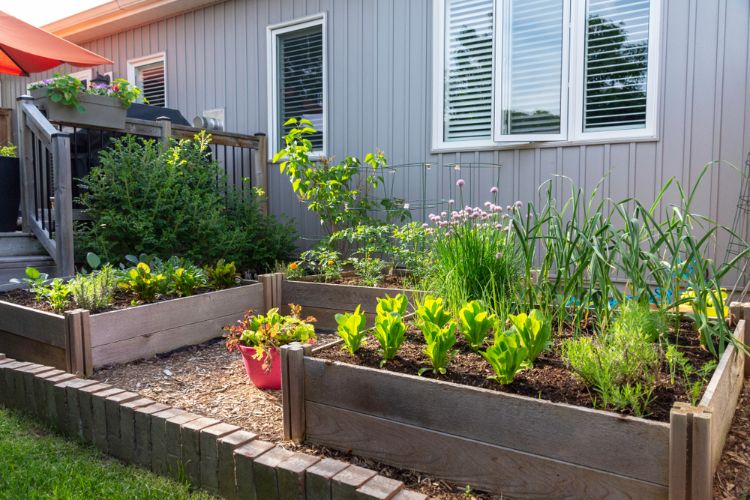
-
Create DIY Seed Starters
Repurpose household items like egg cartons, toilet paper rolls, or plastic containers to start your seeds indoors. These biodegradable or reusable items make excellent seedling pots.
-
Source Free Seeds and Plants
Engage with local gardening communities, seed exchanges, or online groups to obtain free seeds and plant cuttings. Additionally, save seeds from organic produce you consume, such as tomatoes or peppers, to plant in your garden.
-
Choose Beginner-Friendly Crops
Opt for vegetables that are easy to grow and maintain, such as tomatoes, peas, cucumbers, and leafy greens. These crops often yield quick results, boosting your confidence as a novice gardener.
-
Plant Perennial Vegetables and Fruits
Incorporate perennials like rhubarb, asparagus, or berry bushes into your garden. These plants return each year, reducing the need for replanting and ensuring a continuous harvest.
-
Regrow from Kitchen Scraps
Many vegetables can be regrown from scraps. For example, place the base of lettuce or celery in water until roots develop, then transplant it into soil. This method extends the life of your produce and reduces waste.
-
Utilize Indoor Spaces
If outdoor space is limited, grow herbs and small vegetables indoors on windowsills or balconies. Use containers like plastic bottles or jars to create mini-greenhouses, providing a controlled environment for your plants.
By implementing these cost-effective techniques, you can enjoy the benefits of homegrown produce without straining your budget. Gardening not only yields fresh, flavorful vegetables but also fosters a deeper connection with nature and a sense of accomplishment.


